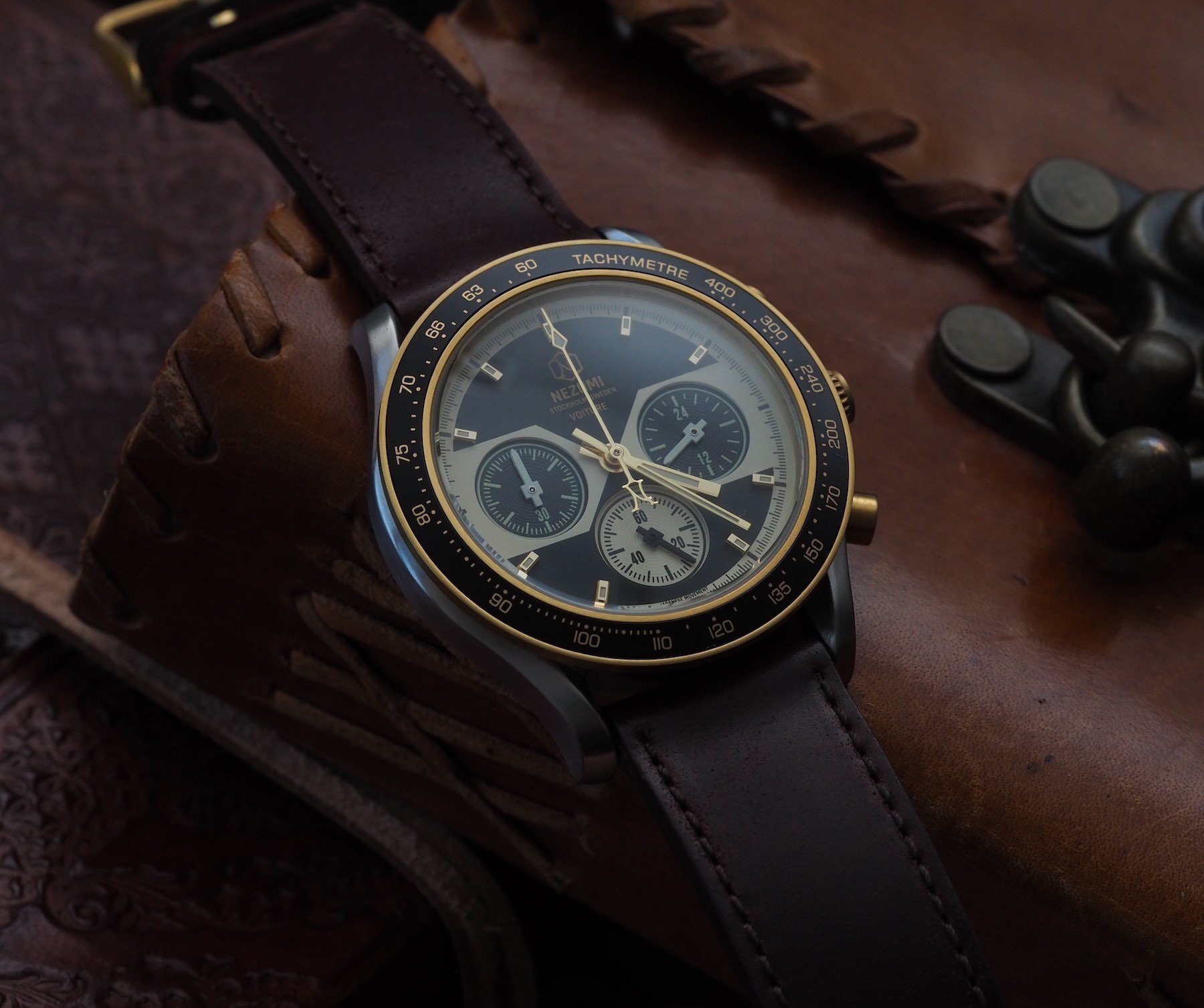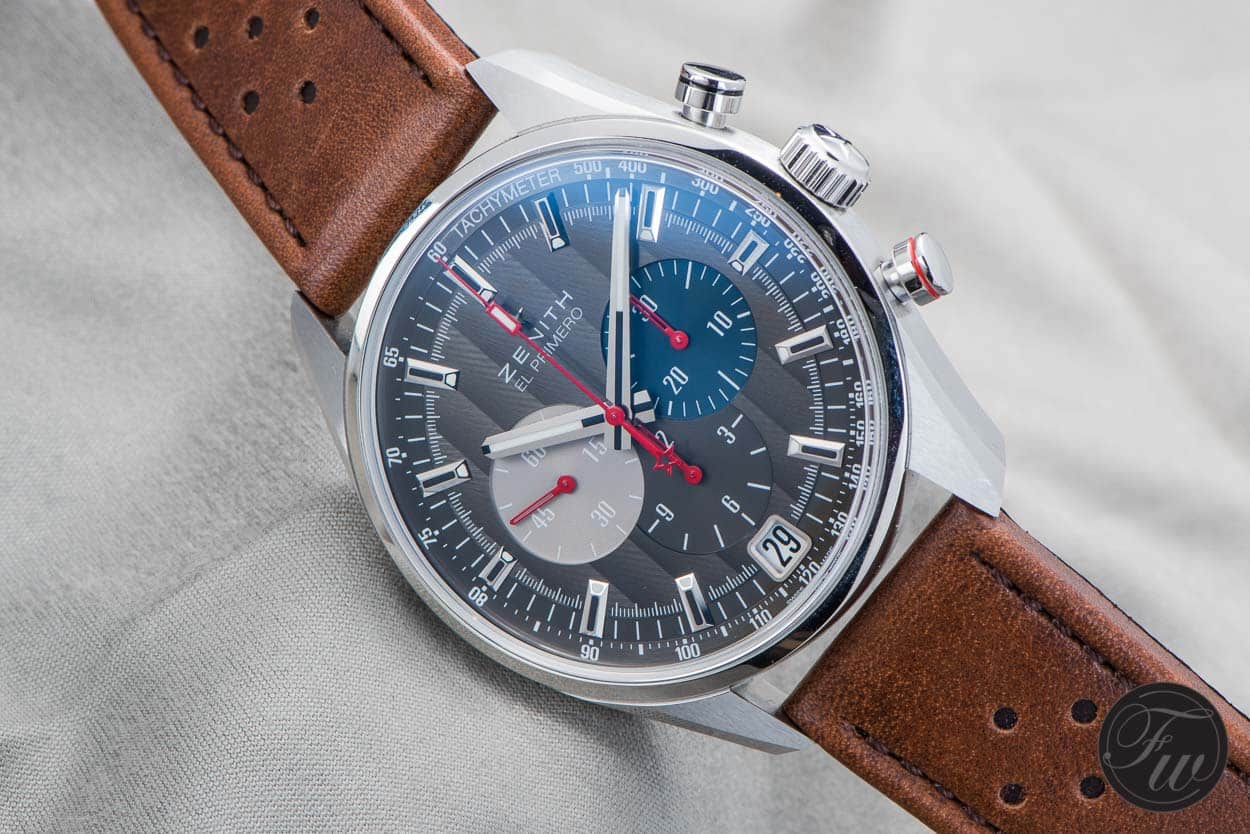You Asked Us: Which Watches Sweep
Last time out we addressed the question of why watches tick. This week, we’re turning our attention to which watches sweep…
Let’s start out with a clear distinction: Last week’s question was a “why” question, not a “which” question. And That is crucial to understand. Why? Because almost all watches that “sweep” also “tick”. The distinction between sweeping and ticking is all about frequency. And, to be honest, it is quite an arbitrary threshold. There is no universally agreed-upon definition of when ticking becomes sweeping. Although ticking is generally meant to mean one movement per second, claiming a seconds hand that moves twice per second is sweeping would seem a bit of a stretch of the imagination. At best you could call that a stuttering sweep, or a high-frequency tick… You get my drift.

A “sweep” is a visual trick. The human eye perceives the seconds hand to be continuously moving, but it is not. It is ticking very quickly. The “normal” ticking frequency of a wristwatch in the 20th century was 21,600vph. That’s “vibrations per hour”. Each vibration equates to one tick, which means a watch with a 21,600 train count is “ticking” six times per second (21,600/60/60=6). Around the seventies, high-frequency movements became more popular. In those days, an operating frequency of 28,800vph was regarded as high, but in modern terms, this is pretty much par for the course.
…a very nice sweep indeed.
To us, in 2020, high-frequency can really be defined from 36,000vph upwards. That’s a neat boundary between the two definitions as 36,000vph equates to 10 ticks per second (28,800vph works out as eight ticks per second). That makes for a very nice sweep indeed.
The answer
Going further back, pocket watches (and early wristwatches) more often than not had a languid ticking speed of 18,000vph. That equates to just 5 ticks per second (or 2.5Hz). That kind of operating speed isn’t very suitable for wristwatches because of the number of shocks to which they are subjected. We’ll explain more about that in another column, but now, to the ANSWER… At long last…
Some mechanical watches tick and some high-frequency quartz watches sweep…
Generally speaking, mechanical watches sweep and quartz timepieces tick. Although, this is not universally true. Some mechanical watches tick (when a dead-beat seconds complication is installed) and some high-frequency quartz watches sweep. Further complicating matters is the advent of meca-quartz calibers, which both tick (for the time) and sweep (for the chronograph).
https://www.youtube.com/watch?v=eoMcXxMsDt8
But in reality, only one commercially available driving mechanism results in a true sweep, and that is the Spring Drive system from Grand Seiko. GS also makes some pretty tasty high-frequency models, but the creme de la creme of its production can be found in the genius of Spring Drive. Have a look at the above video to understand the real difference between a ticker and a sweeper.
Follow me on Instagram @robnudds

